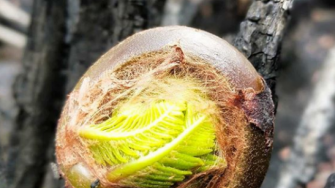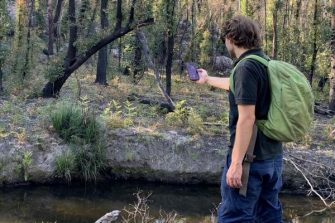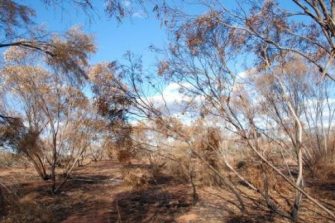
Over 46,000,000 acres has burnt so far in the 2019-2020 Australian bushfire season in eastern Australia, including South Australia, New South Wales, Victoria and Queensland. Understanding how the environment recovers from this unprecedented fire season is an important scientific goal. As a citizen scientist, your observations from recently burnt areas are important. Providing it's safe to do so, take a walk in areas of burnt bushland, and upload observations to the Environment Recovery Project. We're also interested in common species just as much as rare species.
- Plants (native and weeds): Seedling or resprout.
- Animals (natives and ferals): Alive or dead, tracks and scats.
- Fungi and Lichen.
- Landscapes: Photos that capture scorch height (how high the fires went) or the extent of leaves lost up to the canopy.






